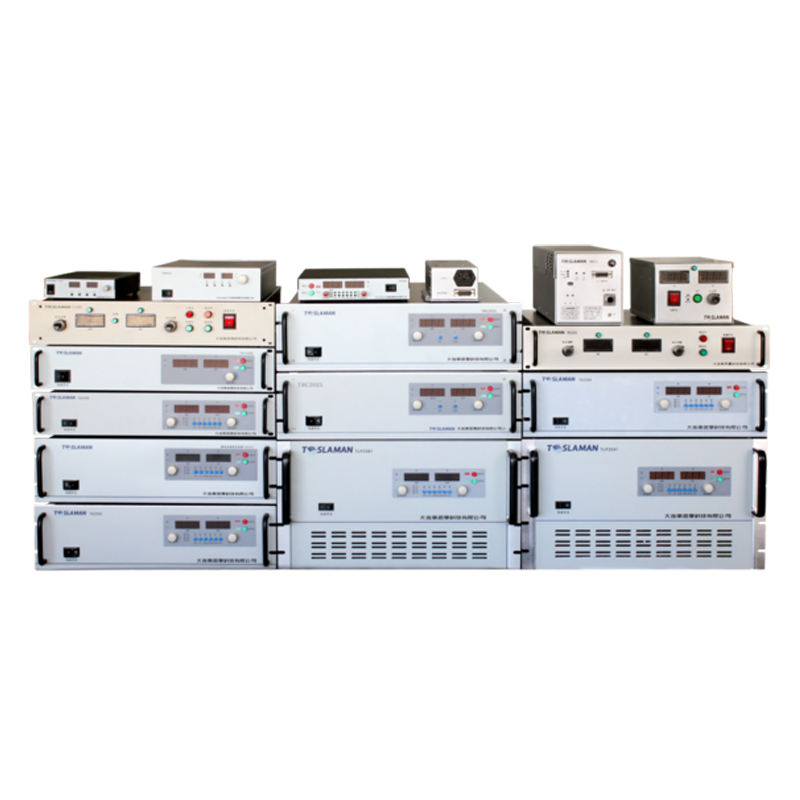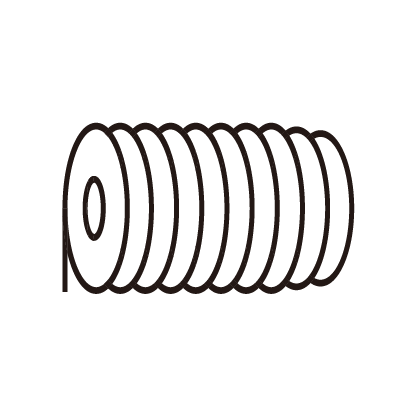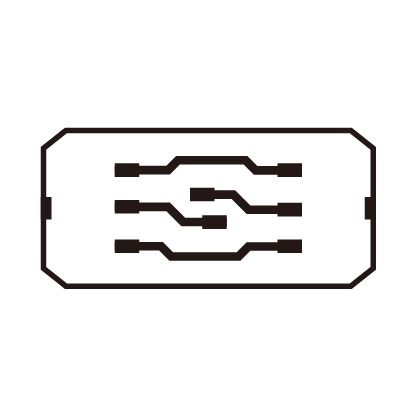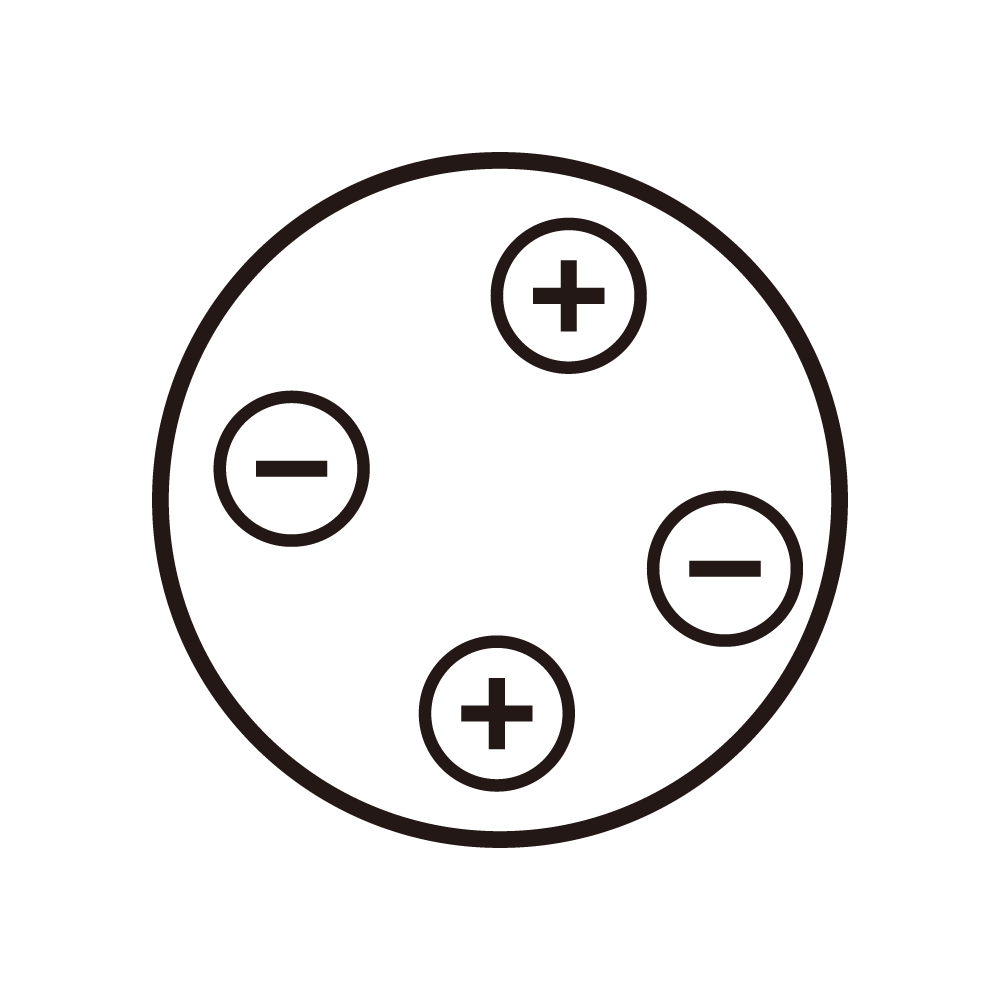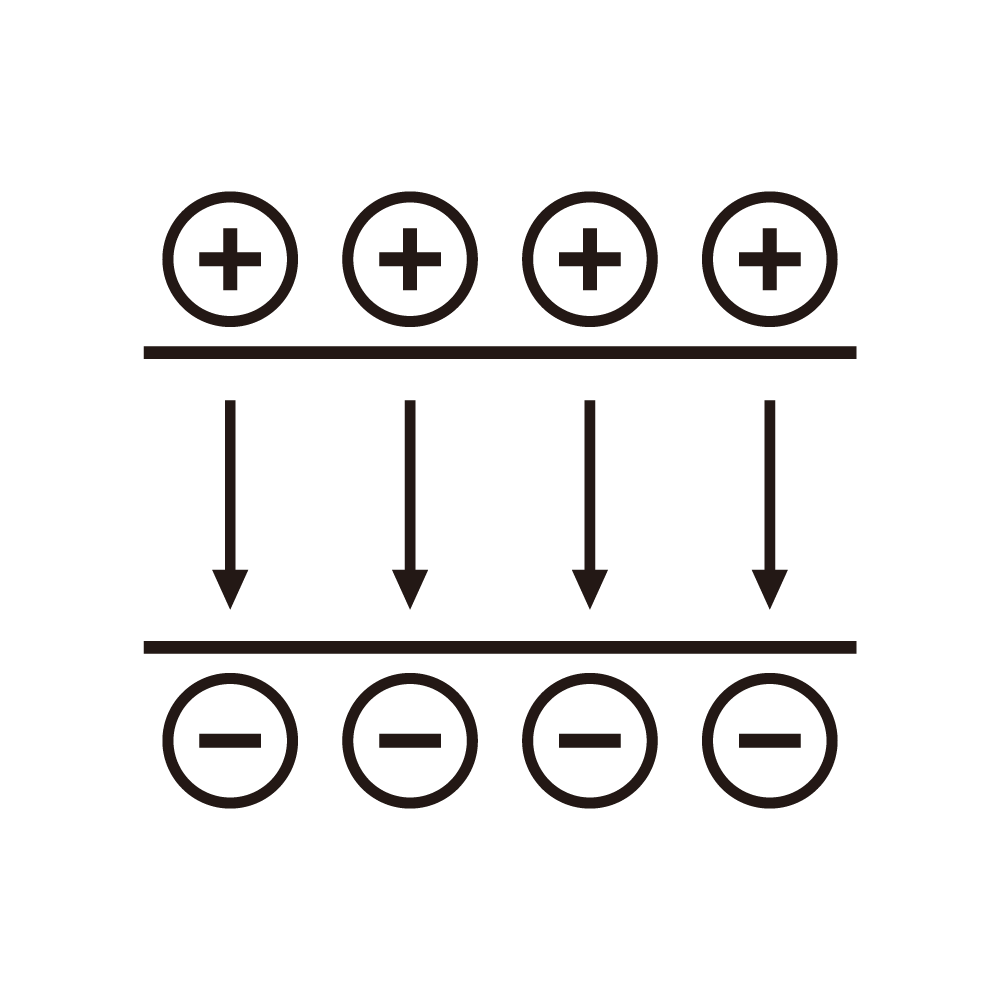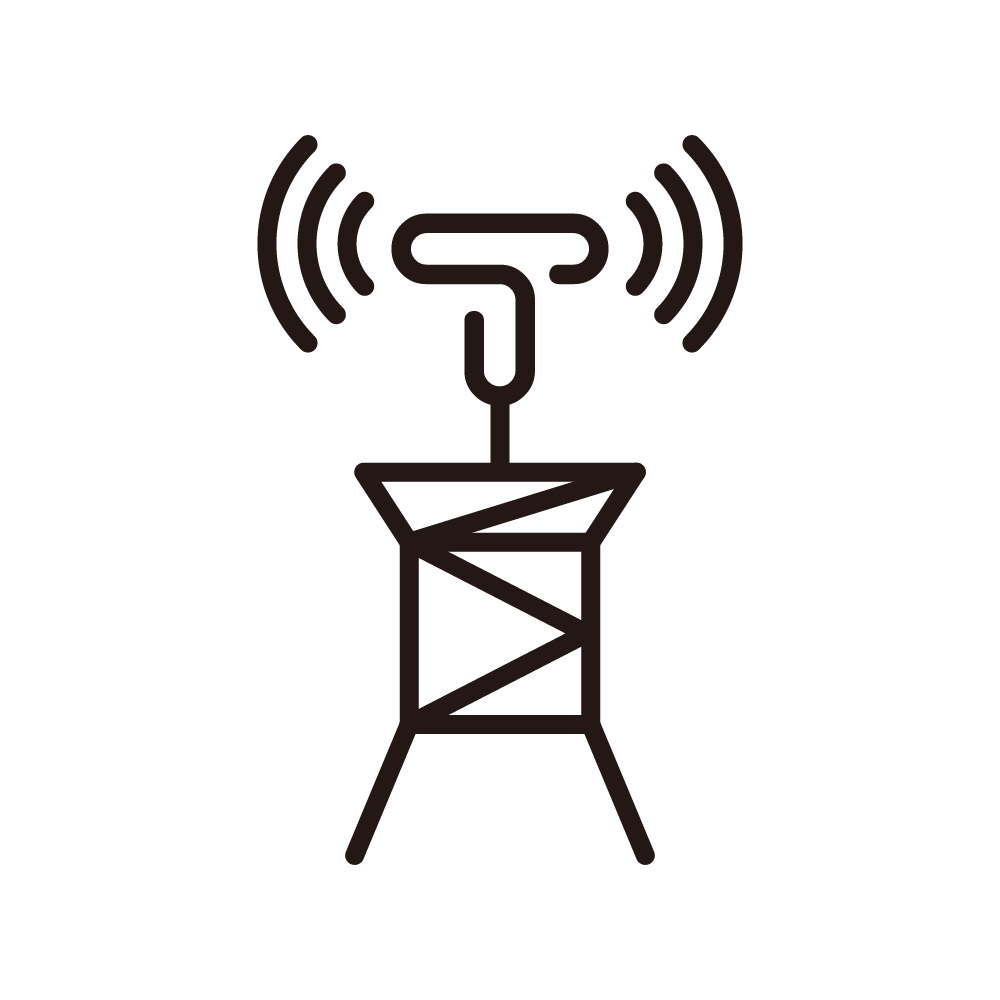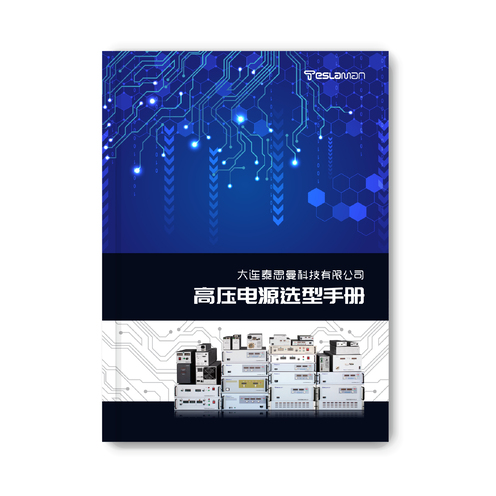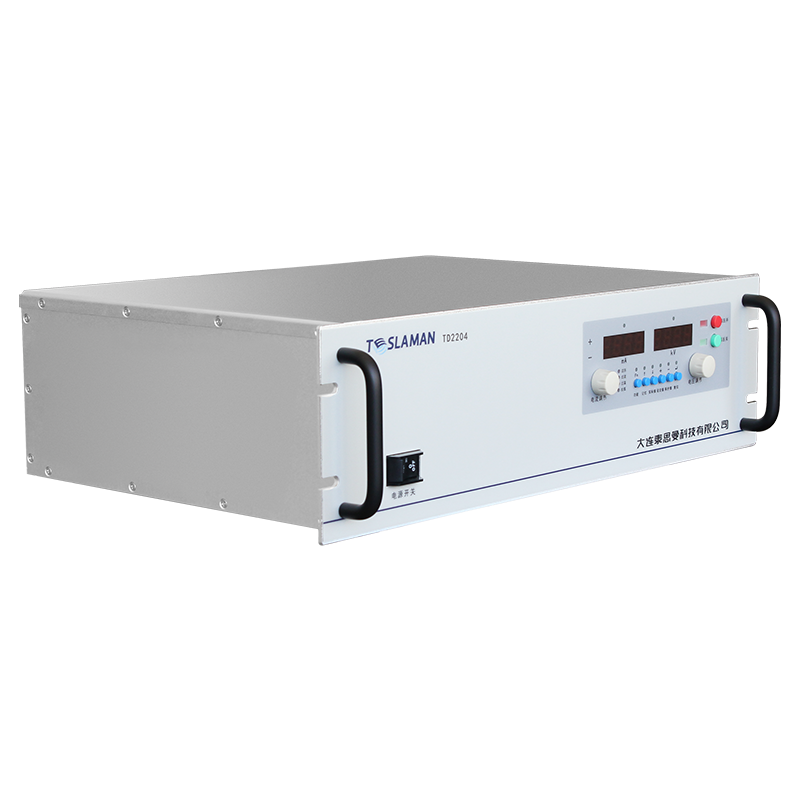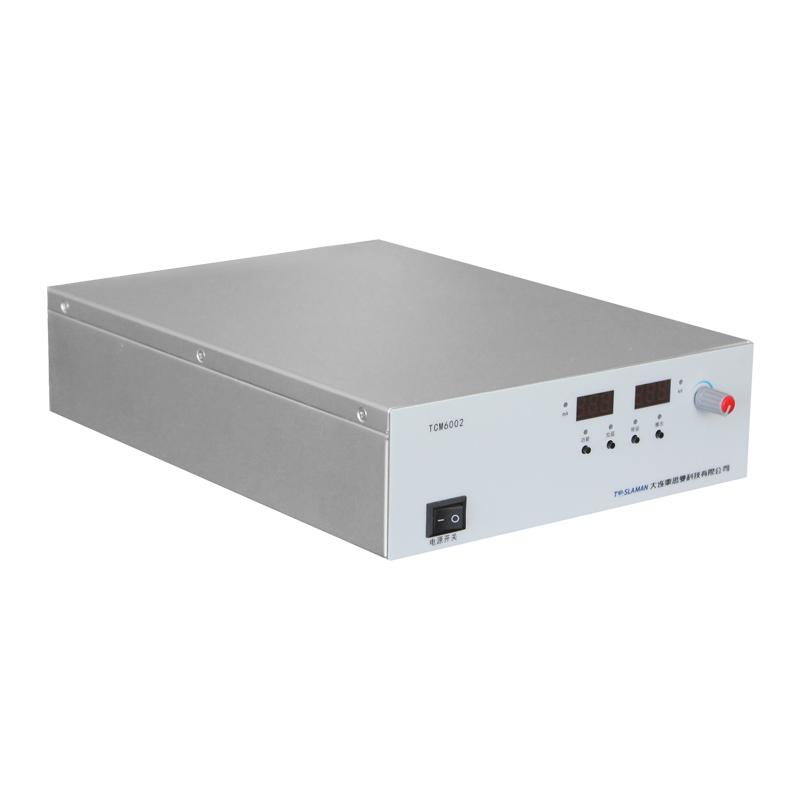Optimization of Polarity - Switchable High - Voltage Power Supplies
In modern scientific research and industrial applications, the performance optimization of polarity - switchable high - voltage power supplies is of utmost importance. With the continuous progress of technology, the requirements for such power supplies in terms of stability, efficiency, and response speed are increasing day by day. Optimizing polarity - switchable high - voltage power supplies can better meet the needs of various complex application scenarios and promote the development of related fields.
Circuit Topology Optimization
Circuit topology is the basic framework of a high - voltage power supply and plays a decisive role in its performance. Traditional polarity - switchable high - voltage power supplies mostly adopt full - bridge or half - bridge circuit topologies. However, these topologies have certain limitations in high - voltage and high - current applications, such as high switching losses and low efficiency. New resonant circuit topologies offer solutions to these problems. For example, Zero - Voltage - Switching (ZVS) and Zero - Current - Switching (ZCS) resonant circuits can effectively reduce switching losses and improve power supply efficiency by achieving soft switching of voltage or current during the switching process. In addition, the multilevel circuit topology can increase the output voltage level without increasing the voltage withstand capacity of switching devices, reduce the harmonic content of the output voltage, and enhance the stability and reliability of the power supply.
Power Device Selection and Drive Optimization
Power devices are key components in high - voltage power supplies, and their performance directly affects the overall performance of the power supply. In polarity - switchable high - voltage power supplies, power devices with high voltage withstand capacity, low on - resistance, and fast switching speed should be selected. For example, wide - bandgap semiconductor power devices such as Silicon Carbide (SiC) and Gallium Nitride (GaN), compared with traditional silicon - based devices, have higher breakdown voltages, lower on - resistances, and faster switching speeds, which can significantly improve the efficiency and response speed of the power supply. At the same time, optimizing the drive circuit of power devices is also very important. Appropriate drive voltage, current, and waveform can ensure that power devices operate in the best state, reducing switching losses and electromagnetic interference. The use of isolated drive circuits can also improve the safety and reliability of the power supply.
Control Algorithm Optimization
Advanced control algorithms are the core of achieving high - performance polarity - switchable high - voltage power supplies. The traditional Proportional - Integral - Derivative (PID) control algorithm can meet basic requirements in simple applications. However, when faced with complex working conditions and rapidly changing loads, its control accuracy and response speed are insufficient. The Model Predictive Control (MPC) algorithm can achieve fast and accurate control of the output voltage polarity and amplitude by establishing a mathematical model of the power supply, predicting the future system state, and adjusting the control strategy in advance according to the prediction results. The fuzzy control algorithm can intelligently control the power supply based on empirical rules and fuzzy logic without the need for an accurate mathematical model, and is suitable for non - linear and time - varying complex systems. Combining multiple control algorithms, such as fuzzy PID control, can give full play to the advantages of different algorithms and further improve the control performance of the power supply.
Heat Dissipation and Electromagnetic Compatibility Optimization
During the operation of a high - voltage power supply, power devices generate a large amount of heat. If the heat is not dissipated in time, it will lead to a decline in device performance and even damage. Optimizing the heat dissipation design and using efficient heat sinks, heat pipes, or liquid - cooling systems can effectively reduce the operating temperature of power devices and improve the reliability and stability of the power supply. In addition, high - voltage power supplies generate electromagnetic interference during operation, which affects the normal operation of surrounding equipment. Through reasonable electromagnetic shielding design, optimization of the filter circuit, and grounding treatment, electromagnetic interference can be reduced and the electromagnetic compatibility of the power supply can be improved.
The optimization of polarity - switchable high - voltage power supplies is a systematic project that involves multiple aspects such as circuit topology, power devices, control algorithms, heat dissipation, and electromagnetic compatibility. By continuously optimizing these key links, the performance and reliability of the power supply can be improved, the growing application needs can be met, and strong support can be provided for technological innovation in related fields.
